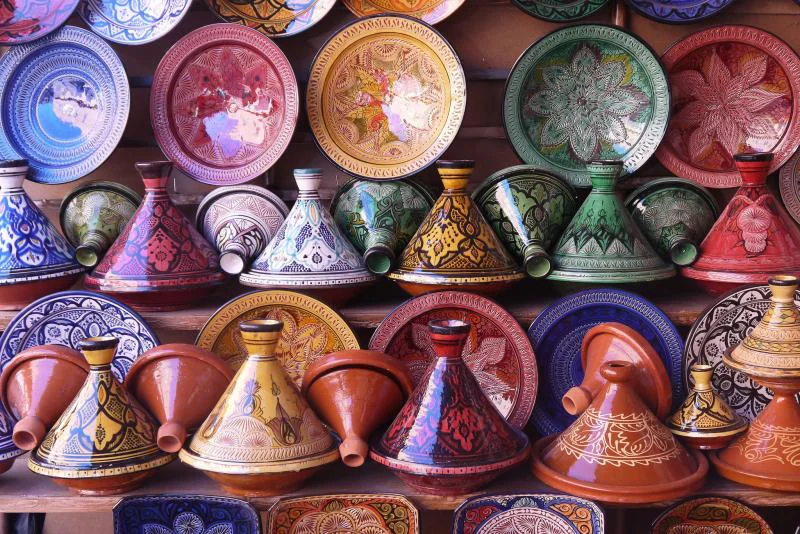Have you ever wondered about the difference between material and non-material culture? This article tends to highlight these two terms in segments. Material culture is described as the natural objects that depict a certain culture, while non-material culture has to do with a particular culture’s ideas, beliefs, and attitudes. Culture is a way of symbolising the pattern that individuals live, their ways of life, their creativity, and more. A culture has to do with beliefs, knowledge, arts, values, organisations, norms, social relationships, and several other things in society. A specific society may possess one culture, and there are cultural varieties among various cultures. Although, every culture possesses its material and non-material cultural possessions.
What is Material Culture?
As earlier stated, material culture has to do with natural objects that individuals can touch, feel, and see. It does not matter the time they belong to; the archaeological locations individuals have produced fall under material culture. This has to do with human creations. Almost everything that man creates can be regarded as material culture. Material culture has caused human life to be simple as it has developed a bridge linking humans with the natural environment. Due to this, the material culture also depicts human relationships with nature. An individual may construct a house to safeguard him from the sunlight. This survival procedure has resulted in humans developing many material things, including value to their culture too. We can recognise facilities, architecture, arts, music, songs, canals, tanks, statutes, plants, and millions of other productions as examples of material culture. By using material culture, humans can put a value on their cultures. Furthermore, they may change or even exploit the surrounding during this procedure. Nonetheless, material culture has caused humans to become the dominant beings on Earth.
What is Non-Material Culture?
Non-material culture has to do with attitudes, values, and ideas in which a culture is formed. The understanding, norms, beliefs, and rules that shape a society and its conduct can be regarded as a non-material culture. Every culture has its belief structure, and they may have faith in God and angels, hell or heaven, and many other tales and mythologies. These are transferred from one generation to another, and they have also assisted in bringing individuals together in society. Naturally, society’s attitude and belief structure is produced by social institutions such as families, education, government, religion, and more. Non-material culture has to do with supernatural things, which do not possess a natural existence as material objects. However, material things possess a symbolic value connected to non-material things. An illustration is that every individual has religious faith in their hearts, which is described as non-material culture. Some physical objects, including emblems or statutes, can signify these faiths. Therefore, non-material faith dwells in material objects. The wedding ring possesses a material existence and may reminisce love, care, and loyalty to one another between partners.
Difference Between Material Culture and Non-Material Culture
- There is material and non-material culture attached to every culture.
- Material culture has to do with things that possess a natural existence, which the man himself produces.
- Non-material culture depicts a society’s values, norms, and attitudes, which do not possess a material existence.
- Non-material culture is implanted in material culture, depicting the value structure in the specific society.







